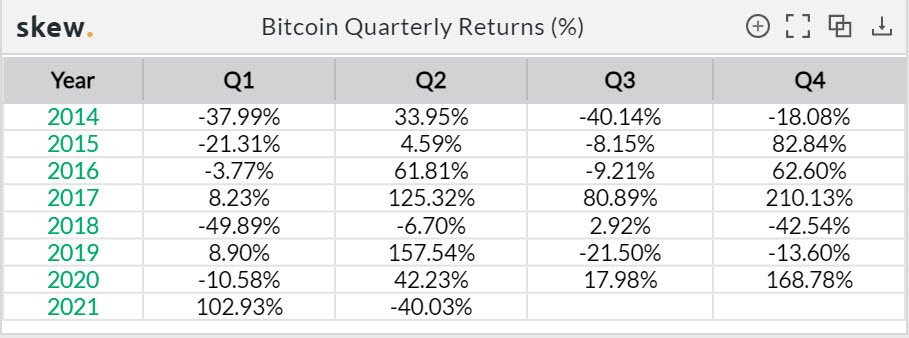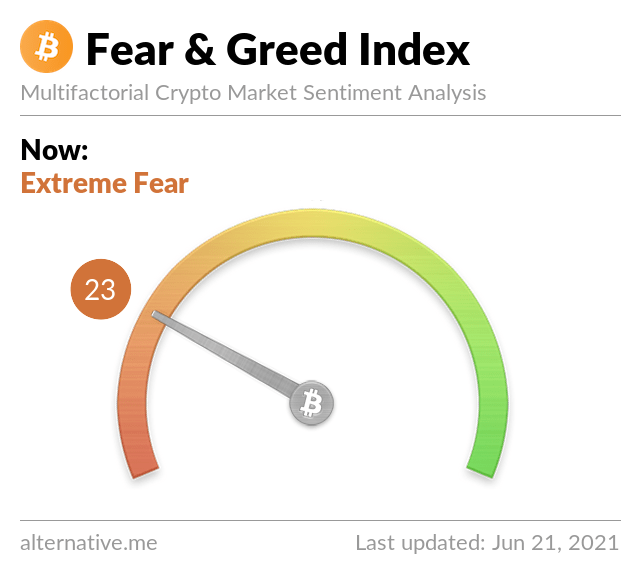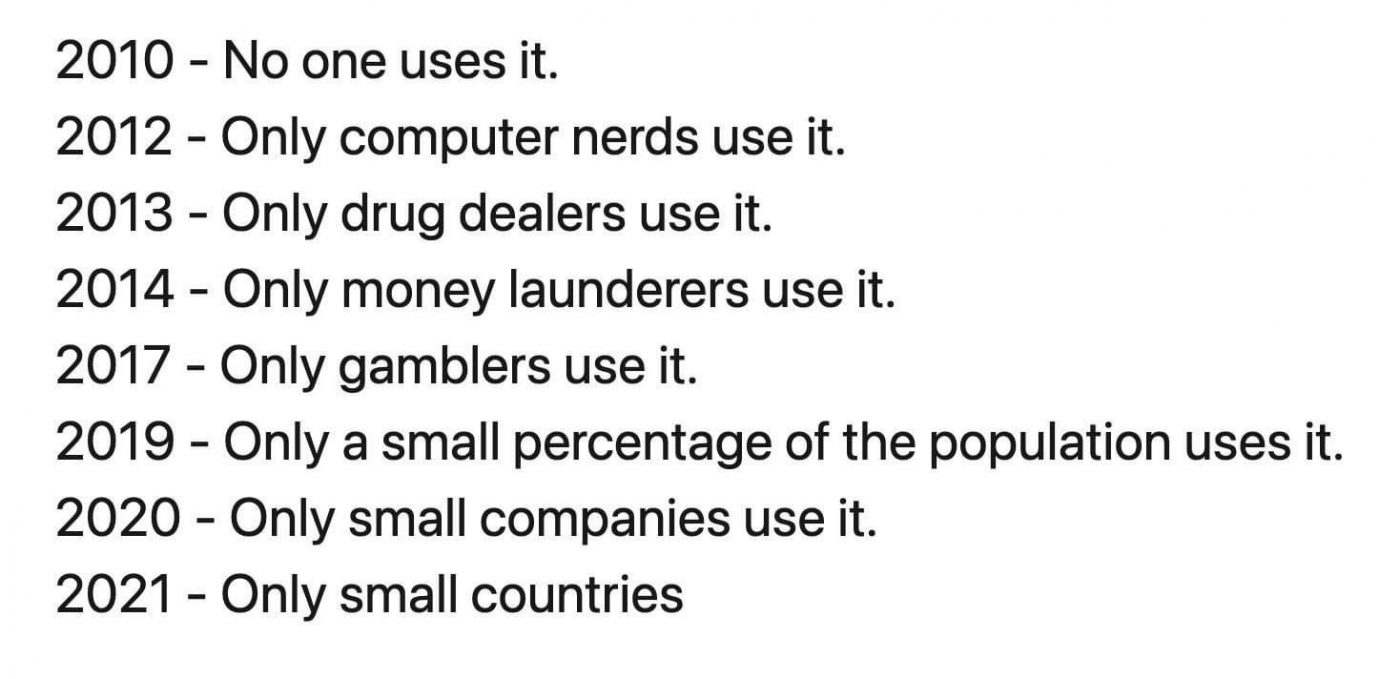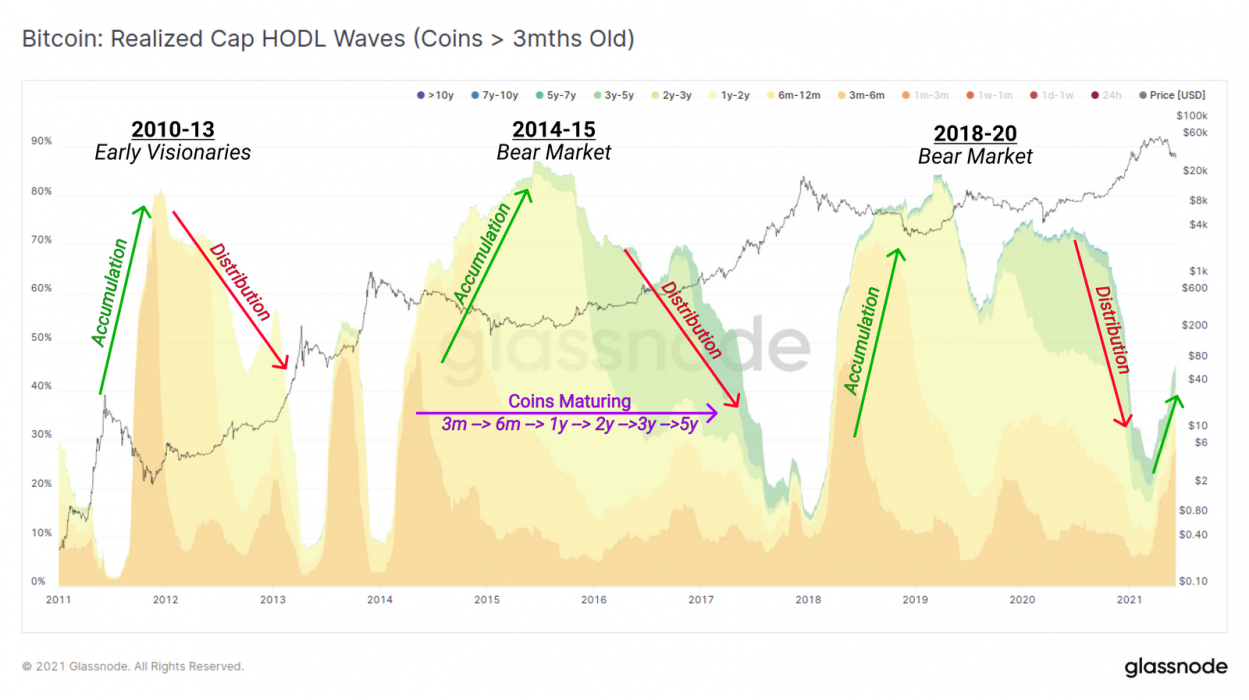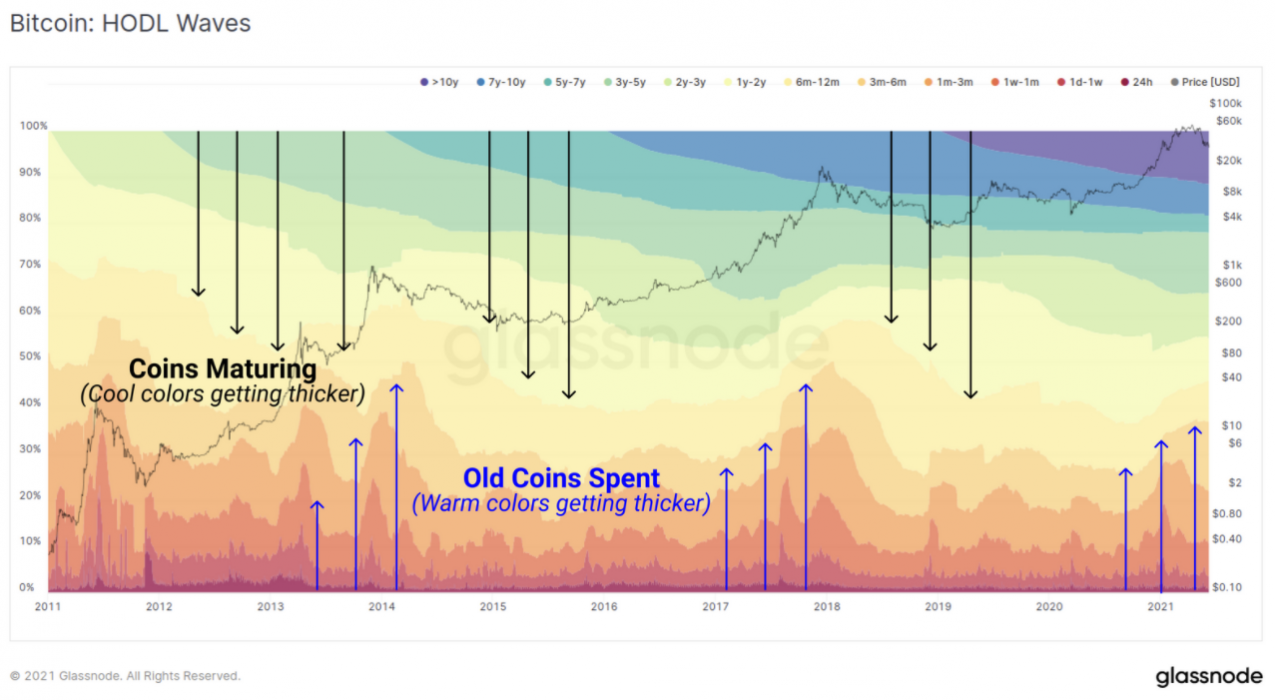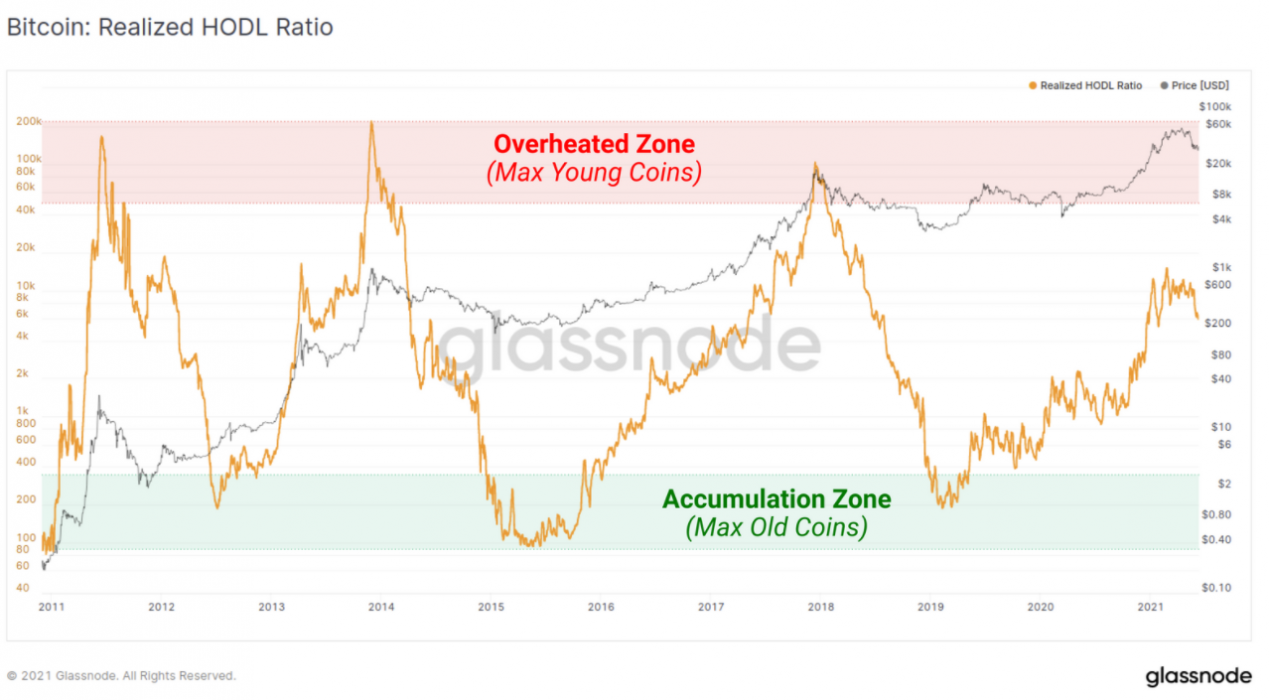On 10 June 2021, El Salvador became the first country to adopt Bitcoin as legal tender. In an interview with Bitcoiner Peter McCormack on the “What Bitcoin Did” podcast, President Nayib Bukele provided additional context to the historic move, outlining how it would be implemented and how it would ultimately benefit Salvadorean citizens.
The Purported Benefits
In the discussion, President Bukele highlighted a number of key benefits to the newly enacted law, including:
- Receiving remittances at the speed of light with almost no costs, compared to the slower and more costly fee structures of Western Union and the like. Importantly, personal remittances account for almost a quarter of El Salvador’s GDP
- Providing financial inclusion to the 70% of the population who remain unbanked
- Becoming less dependent on the output of new US dollars and resultant inflation due to an unprecedented increase in the money supply; in short, El Salvador wants to take back some control of its monetary system as it enjoys no benefit from the increased supply of US dollars, only the downside
- Increased levels of financial investment and the attraction of global talent, particularly when coupled with forthcoming residency-by-investment laws.
Bukele noted that as the smallest country on the continent whose people had benefited little from the current system, it made sense for El Salvador to be at the forefront of an economic revolution by adopting a system that is open and free, rather than one dependent on another nation (referring to the US) which doesn’t necessarily consider the impact on countries such as El Salvador that use its currency.
The Roll-Out Plan and Government Wallet
The President is working towards having the law fully operational within 90 days, a target that is considered a stretch but achievable with requisite considerable effort.

Within this aggressive timeline, government is also looking to roll out its non-mandatory government wallet which the President stressed would compete with free-market alternatives and existed simply to “fill in the gaps”. Specifically, the government wallet would provide transactional services (ie, free internet access) to those without reliable connectivity:
We don’t want a law that is only for the rich, not only for the middle class, we want a system that works for everybody … we want the most vulnerable economically to benefit from that.
Nayib Bukele
Is El Salvador the First of Many?
Since El Salvador adopted Bitcoin as legal tender and is potentially paying government employees in BTC, the question on everyone’s lips has been which country would be next. Following Bukele’s announcement, a slew of Latin American legislators adopted the Bitcoin laser-eyes on their Twitter profiles, signalling their intention to follow suit.
Reports suggest that Paraguay is likely to be next, but if we’ve learnt anything over the past 12 months in crypto, a lot and almost anything can happen in a very short space of time.






